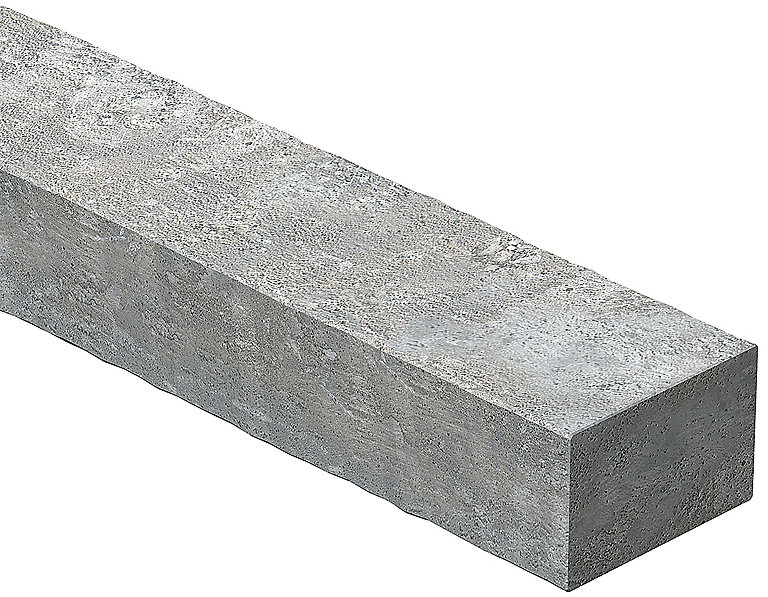I have now started designing this lean to shed and based on responses to another post on the roof construction, I am now able to increase the length of this shed to 4.5 metres. The depth will still be around 60cm. I like the idea of the concrete posts but wanted to check if there is something similar which is not too chunky (as I will be losing space inside) and something I can cut with my 4.5 inch grinder. Given the length, I think I will need to place these concrete supports along the 60cm depth, running from the house wall to the end of the base, rather than across the 4metres length. Also, when levelling these concrete posts (or whatever I go with) can I use plastic spacers to level them?
Thanks for your support.
Thanks for your support.


